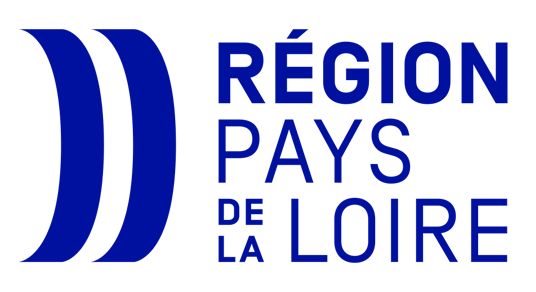Día de los Muertos (Mexico)
A colorful holiday, which became very famous since the Disney movie « Coco ». Its origin is located in pre-Hispanic times. It represents the harmony between the celebration of the Catholic rituals brought by the Spanish and the celebrations of the indigenous communities. “El Día de los Muertos” is held on the 1st and 2nd of November. According to the Catholic calendar, the 1st of November corresponds to « all saints », a day dedicated to deceased children. The 2nd of November to « faithful departed », that is to say adults.
Many Mexican families place offerings and altars decorated with cempasúchil flowers, paper pickles, sugar skulls, “pan de muerto” or any dish that the deceased liked. They also tend to decorate the graves with flowers. It is an aid to the souls to travel on a good way after death. It is thought that they return to the world of the living to visit their loved ones.
La Toussaint (France)
A week of vacation to honor the dead! The « feast of all saints » or better known as « la toussaint », has its origins in Catholic beliefs and some pagan religions of the middle age. Held the 1st and 2nd of November, families usually gather to go to the cemeteries to remember their dead. Graves are cleaned and flowers are placed, especially the typical seasonal flower called chrysanthemum.
Qingming Festival (China)
Known as the « Day of Grave Sweeping » or the « Festival of Pure Shine », it is an important traditional Chinese holiday. It is celebrated annually between 3rd and 5th of April. The exact date is calculated by the Chinese lunar calendar. The most important activity is to sweep and clean graves, make offerings to the deceased and show their respect. Families’ favorite activities are outdoor activities like flying kites, eating cold food mostly as stuffed meatballs and enjoying the arrival of spring.
Halloween (Portugal)
Held every 31st of October, it has its roots in ancient European Celtic and Christian traditions. On this day, both children and adults are dressed in horror outfits. The celebrations include night parties, visits to cemeteries, pumpkins in the gardens of houses and the popular activity of trick-or-treating. What happens if you decide not to give sweets to the children? Your garden and home may suffer some damage, such as eggs on the walls or toilet paper in your green areas. It is preferable to join and enjoy this magnificent tradition in the Portuguese cities.
After learning a little about the festivals in other countries, you can appreciate the similarities and differences, how each country puts its cultural touch that makes it unique and how interesting it is to know the origins of this popular festival.









